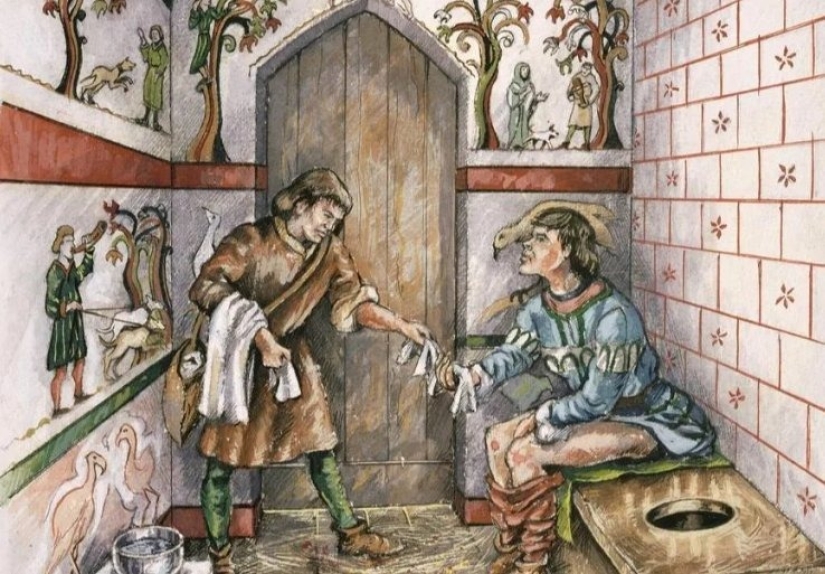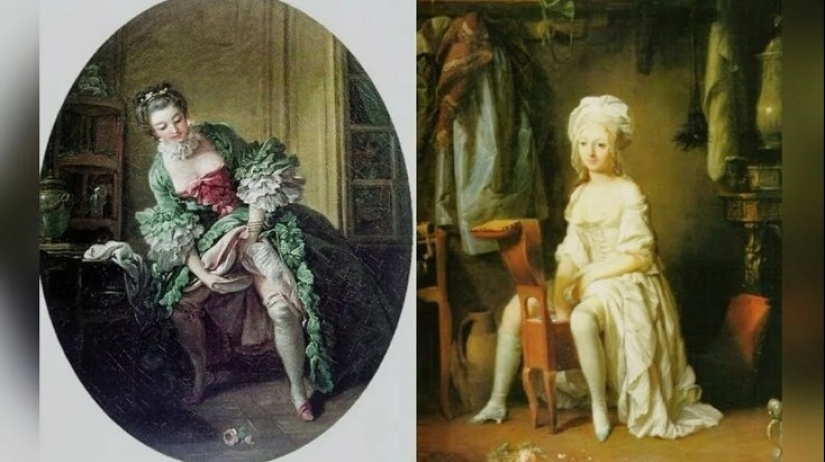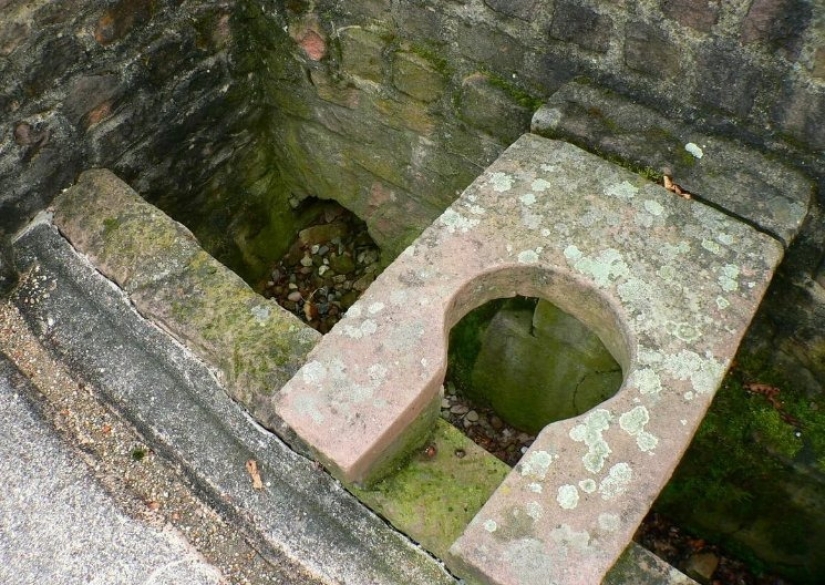Immodest hygiene: how noble ladies went to the toilet on the floor or through the window
Categories: Design and Architecture | History | Lifestyle | People | Society | World
By Vika https://pictolic.com/article/immodest-hygiene-how-noble-ladies-went-to-the-toilet-on-the-floor-or-through-the-window.htmlWith all the luxury and comfort that accompanied the life of the inhabitants of medieval castles, there were no elementary amenities. Since there was no sewage system, and it was necessary for all residents without exception to cope with natural needs, medieval designers came up with special rooms.
6 PHOTOS

1. They were located in the fortress walls and served as a kind of toilet for all the inhabitants. Such rooms were located quite high, which caused a number of inconveniences and provoked embarrassing situations.
But since there were no alternatives, the medieval inhabitants were content with such an opportunity to relieve their natural needs, and representatives of the nobility found other, additional benefits in this.

2. So, very often the inhabitants of the castles took things to such rooms for "disinfection". They put them directly into the primary waste so that things would be soaked with ammonia as best as possible. Thus, they were able to treat clothes from germs and bacteria.
And since washing was considered a rule of bad taste in Europe, there were practically no alternative options for cleaning your things.

3. The very location of the toilets in the walls of the castles was very beneficial. A moat was located directly under the wooden cabin, where all the natural human waste merged.
The stench near the castle was such that it was impossible to approach this place without a plugged nose since in most people this caused a gag reflex. But since the medieval inhabitants practically did not leave the castle, they were indifferent to this.

4. But the enemies who attempted to approach the castle ended up in this very pile of feces and waste. The toilet built into the wall served as a kind of protection against attacks on the castle, and such immodest hygiene did not bother anyone.
But due to the inconvenient location of the toilet, incidents often occurred. So, the elderly simply did not have the opportunity to climb to such a height, so very often they performed their natural needs right on the floor of the castle.

5. In a similar situation, guests who had consumed too many strong drinks very often found themselves in a similar situation. They simply did not have time to get to the toilet room, so they also left traces of their feces on the floor.
The servants had to quickly clean up the huge areas of the castle, so as not to disgrace its owners in the eyes of important guests. And in order to avoid such situations, for people who tend not to reach the toilet hanging on the wall due to physical or other circumstances, the servants carefully carried the pots before going to bed.

6. This made it possible to prevent the spread of a terrible stench throughout the castle, which was very difficult and took a long time to weather.
What do you think about this?
Write the answer in the comments and support the author with a like if you liked the article. Thank you all for your attention!
Keywords: Immodest hygiene | Noble ladies | Toilet | History | Medieval designers | Special rooms
Post News ArticleRecent articles

Gerard Uferas is one of the most renowned and vibrant contemporary French photographers. His talent is multifaceted, but Uferas is ...

In 1969, a healthy food restaurant opened on the Sunset Strip in Los Angeles-one of the first in the country, and possibly in the ...
Related articles

In a bygone era, photographer Charles Marville was an avid toilet photography enthusiast. Strange as it may sound, there were ...

For the modern man Brigantine, running through the waves under full sail, is associated with a fresh wind travels and romantic ...

The toilet is habitually perceived by everyone as something very dirty. And this is absolutely true. Even a very clean-looking (and ...

Colin and Kristin Poole are an amazing creative family. Colin is a world-renowned artist, and his wife Kristin is a wonderful ...